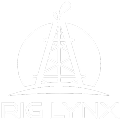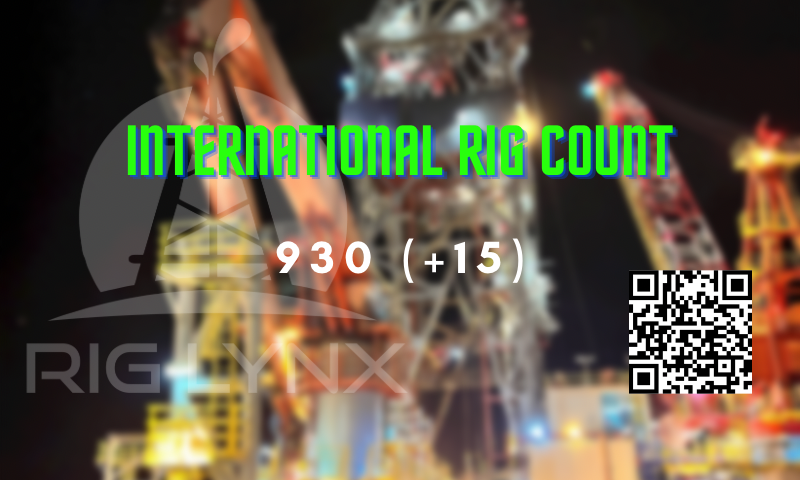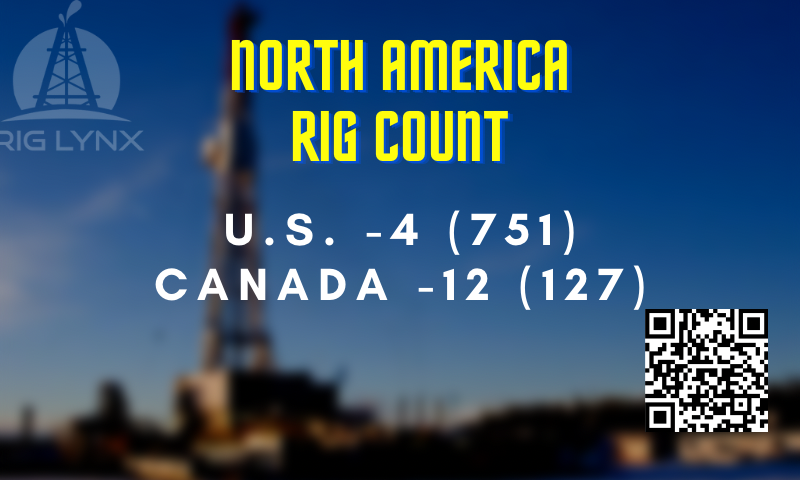
While the concept of a digital twin has been around since 2002, it’s only thanks to the Internet of Things (IoT) that it has become cost-effective to implement. And, it is so imperative to business today.
Quite simply, a digital twin is a virtual model of a process, product or service. This pairing of the virtual and physical worlds allows analysis of data and monitoring of systems to head off problems before they even occur, prevent downtime, develop new opportunities and even plan for the future by using simulations.
Thomas Kaiser, SAP Senior Vice President of IoT, put it this way: “Digital twins are becoming a business imperative, covering the entire lifecycle of an asset or process and forming the foundation for connected products and services. Companies that fail to respond will be left behind.”
How does a digital twin work?
Think of a digital twin as a bridge between the physical and digital world.
First, smart components that use sensors to gather data about real-time status, working condition, or position are integrated with a physical item. The components are connected to a cloud-based system that receives and processes all the data the sensors monitor. This input is analyzed against business and other contextual data.
Lessons are learned and opportunities are uncovered within the virtual environment that can be applied to the physical world — ultimately to transform your business.
NASA was the first to dabble with pairing technology — the precursor to today’s digital twin — as far back as the early days of space exploration.
How do you operate, maintain, or repair systems when you aren’t within physical proximity to them? That was the challenge NASA’s research department had to face when developing systems that would travel beyond the ability to see or monitor physically. And when disaster struck Apollo 13, it was the innovation of mirrored systems still on earth that allowed engineers and astronauts to determine how they could rescue the mission. Today, NASA uses digital twins to develop new recommendations, roadmaps, and next-generation vehicles and aircraft.
“The ultimate vision for the digital twin is to create, test and build our equipment in a virtual environment,” says John Vickers, NASA’s leading manufacturing expert and manager of NASA’s National Center for Advanced Manufacturing. “Only when we get it to where it performs to our requirements do we physically manufacture it. We then want that physical build to tie back to its digital twin through sensors so that the digital twin contains all the information that we could have by inspecting the physical build.”
Michael Grieves at the University of Michigan first wrote of the concept using the digital twin terminology in 2002. Today, machine intelligence and connectivity to the cloud allows us an unprecedented potential for large-scale implementation of digital twin technology for companies in a variety of industries.
Why is digital twin technology important?
Digital twins are powerful masterminds to drive innovation and performance. Imagine it as your most talented product technicians with the most advanced monitoring, analytical, and predictive capabilities at their fingertips. By 2018, companies who invest in digital twin technology will see a 30 percent improvement in cycle times of critical processes, predicts IDC.
There will be billions of things represented by digital twins within the next five years. These proxies of the physical world will lead to new collaboration opportunities among physical world product experts and data scientists whose jobs are to understand what data tells us about operations.
Digital twin technology helps companies improve the customer experience by better understanding customer needs, develop enhancements to existing products, operations, and services, and can even help drive the innovation of new business.
For example, GE’s “digital wind farm” opened up new ways to improve productivity. GE uses the digital environment to inform the configuration of each wind turbine prior to construction. Its goal is to generate 20% gains in efficiency by analyzing the data from each turbine that is fed to its virtual equivalent.
“For every physical asset in the world, we have a virtual copy running in the cloud that gets richer with every second of operational data,” says Ganesh Bell, chief digital officer and general manager of Software & Analytics at GE Power & Water.
All indications seem to predict we are on the cusp of a digital twin technology explosion. More companies will learn of real-world and pilot program success stories and will want to deploy their very own digital twins to gain a competitive advantage.
Source: Forbes



